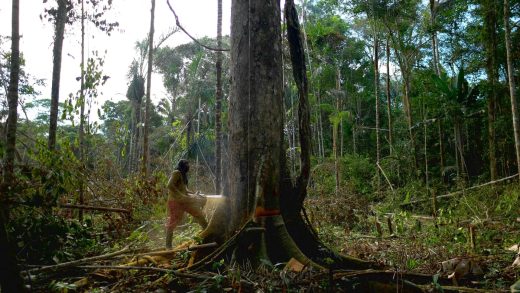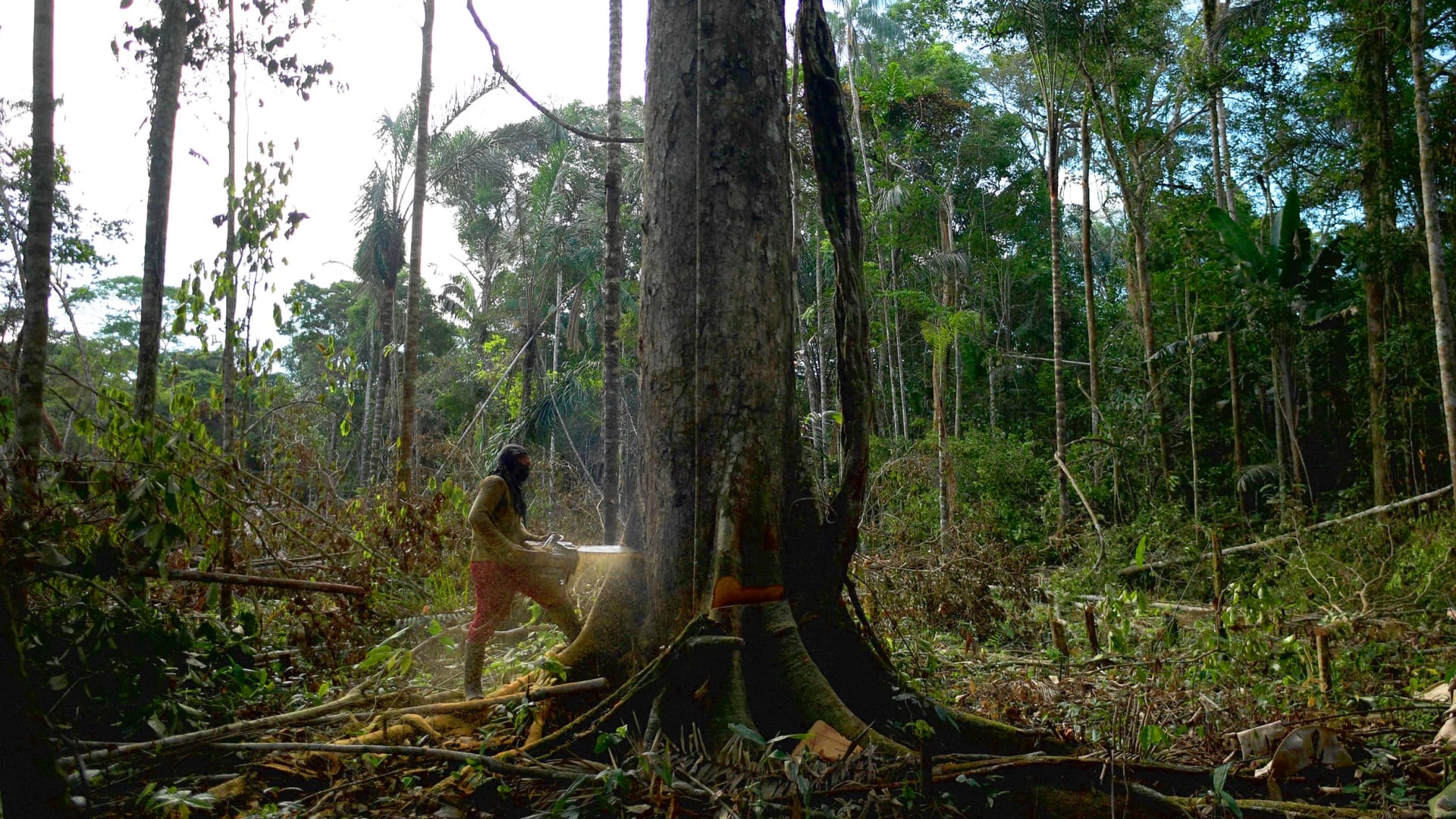Drug-related deforestation in Central America is threatening migratory birds, research shows
Drug-related deforestation in Central America is threatening migratory birds, research shows
Drug interdiction efforts may be making matters worse by pushing trafficking activities into increasingly remote areas that are especially important to wildlife.
Activities associated with cocaine trafficking threaten two-thirds of the most important landscapes in Central America for 196 forest bird species, including 67 migratory species. This is the key takeaway from a study that colleagues and I published in June 2024 in the journal Nature Sustainability.
Our findings suggest that there is real potential for drug-related deforestation to negatively affect populations of migratory birds. Many of these species are unusually concentrated in winter in Central America, which has a comparatively smaller area than their summer breeding regions in North America.
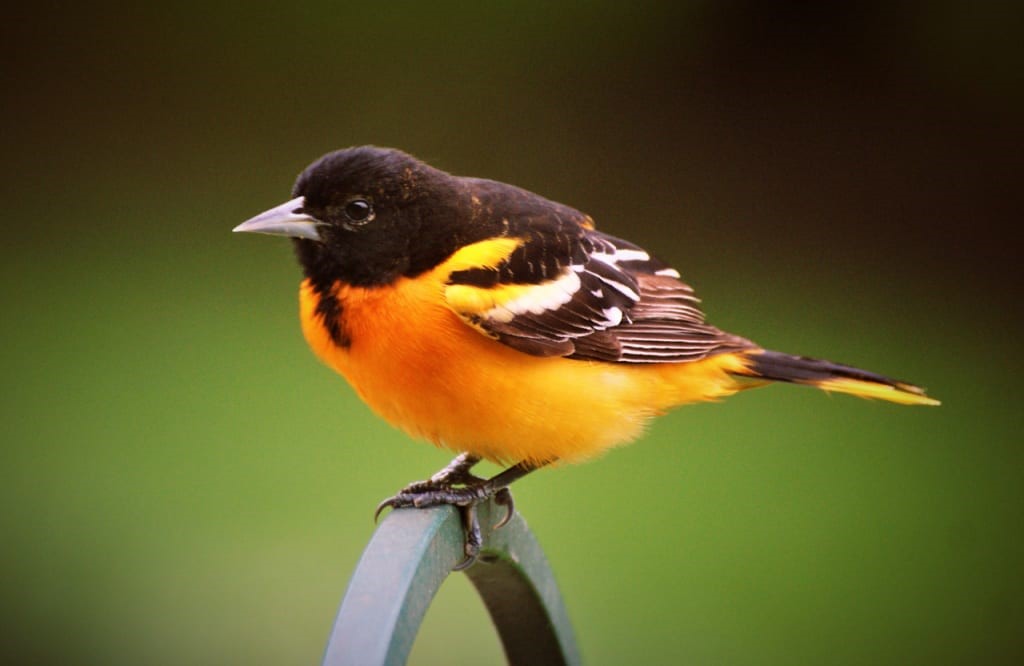
For one in five migratory species that travel to Central American forests annually, including familiar birds like the Baltimore oriole, more than 50% of their global population winters in areas that are becoming more attractive to traffickers. For half of migratory species, at least 25% of their populations winter in these areas.
As examples, an estimated 90% of the endangered golden-cheeked warbler population spends winters in these vulnerable landscapes, along with 70% of Philadelphia vireos and 70% of golden-winged warblers.
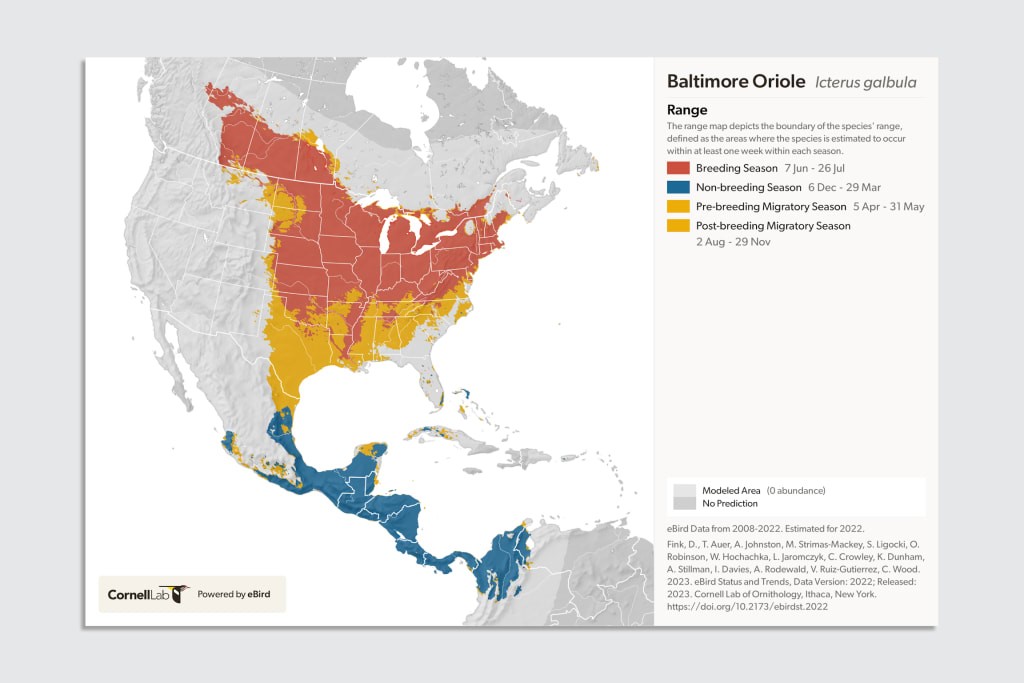
Why it matters
Nearly half of the earth’s migratory bird species are declining, and one in five species are at risk of extinction. Since 1970, North America alone has lost 3 billion breeding birds—more than 25% of its total population. Birds perform many important ecological roles, including eating insects, pollinating plants, and dispersing seeds, and their presence often is a reliable measure of the overall health of an ecosystem.
The illicit drug trade is a major driver of forest loss in Central America. Drug traffickers cut down tropical forests to create landing strips and roads, and to establish farms and ranches. They use these businesses to launder their profits into the legal economy.
These activities, in turn, often lead to further forest loss, development, and criminal activities. In some Central American countries, so-called narco-deforestation is estimated to account for nearly one-third of all deforestation.
A growing body of evidence suggests that current drug policies and interdiction strategies, which focus almost exclusively on drug suppliers, are making narco-deforestation worse. Traffickers may respond to interdiction efforts by shifting activities to more remote and intact forested areas—zones that are especially important for wildlife.
Indeed, one recent study showed that U.S.-led interdiction efforts within the Mesoamerican Biological Corridor—a patchwork of protected areas that runs from Mexico to Panama—pushed traffickers into zones with the highest densities of jaguars in Central America.
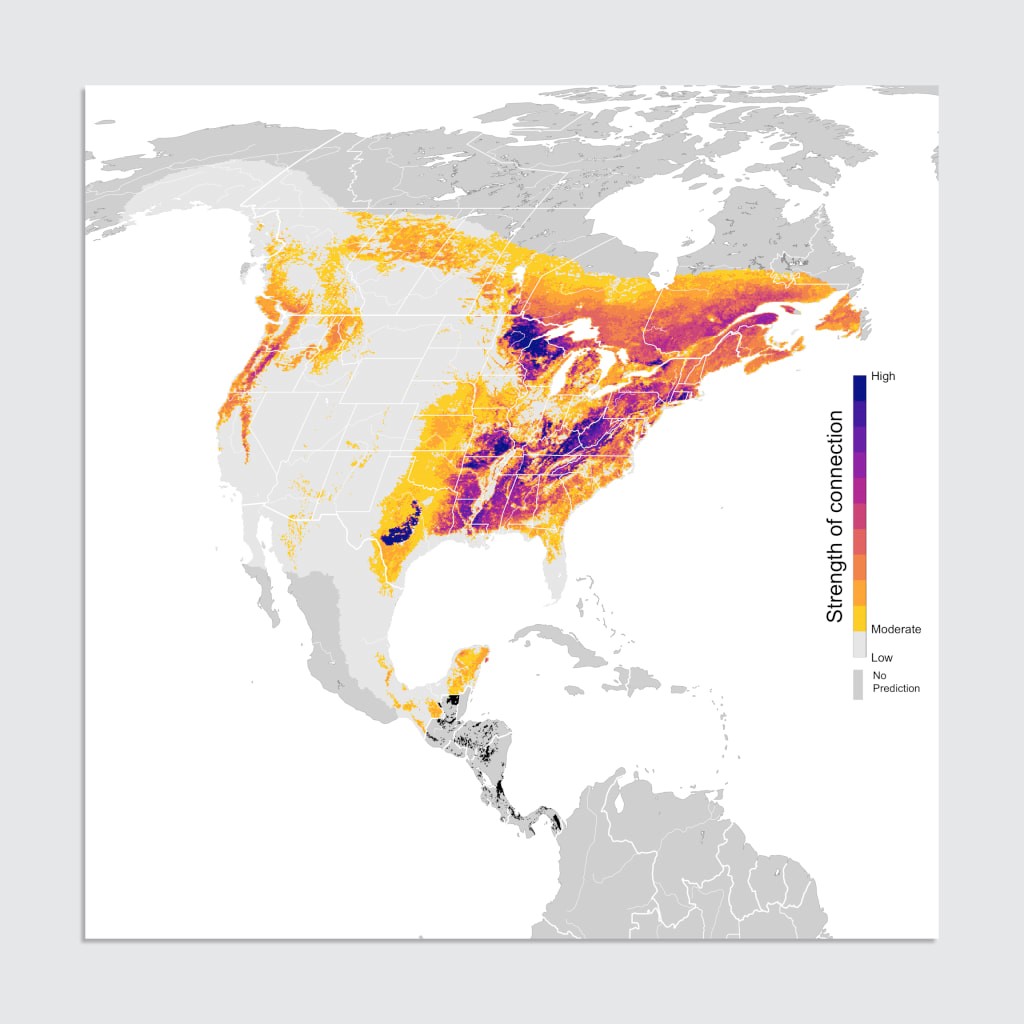
How we did our work
More than 1 million birdwatchers have submitted data to eBird, a global participatory science initiative that collects observations to document bird distribution, abundance, habitat use and trends. This information helps scientists understand in detail how numbers of birds in particular locations change through the year, and to diagnose and mitigate key threats to bird populations.
In our study, we combined eBird data on bird abundance and distribution with previously published information on changes in the likelihood that landscapes would experience cocaine trafficking in the future. We summarized these changes as a measure of “suitability” for drug-related activities.
Suitability, in this case, was estimated from social and environmental features that have been shown to be attractive to narco traffickers. For example, areas that are forested, far from roads, and sparsely populated are more likely to conceal activities than heavily used areas near towns.
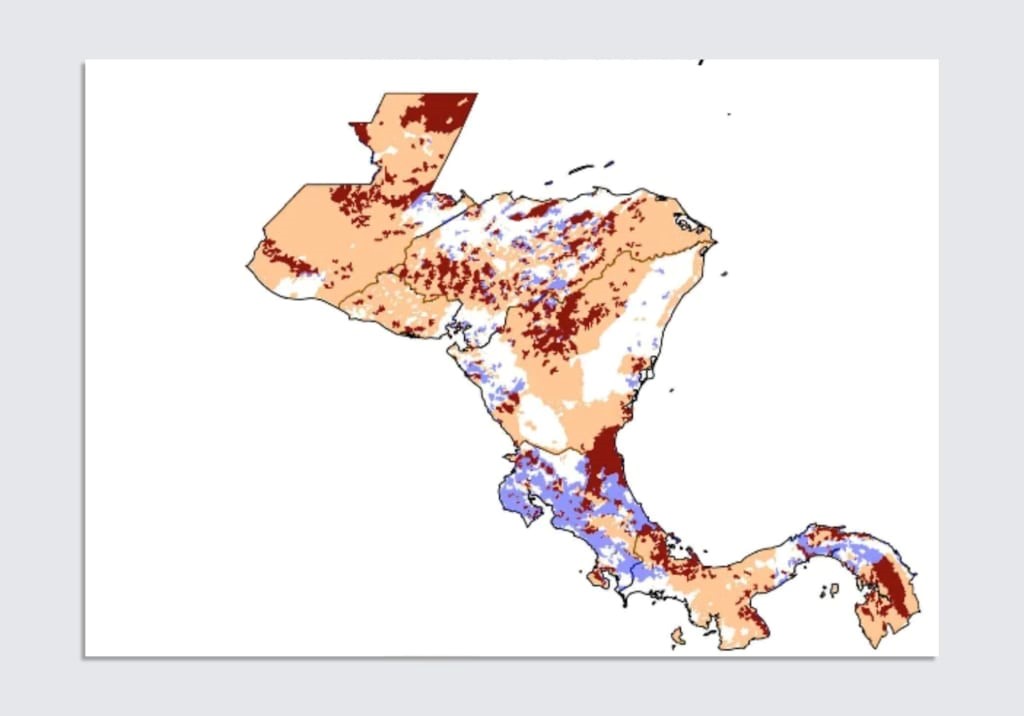
What’s next
Our study adds to existing evidence that drug interdiction efforts may push trafficking activities into increasingly remote and forested areas, many of which provide important habitat for migrating birds. Narco-trafficking is just one reminder that the futures of humans and nature are tightly intertwined.
To avert negative consequences for people and nature, governments could consider expanding or strengthening measures to help local communities monitor and protect their land. Research shows that community control often is an effective way to conserve natural areas, reduce poverty, and protect wildlife.
The Research Brief is a short take on interesting academic work.
Amanda D. Rodewald is a professor of natural resources and the environment at Cornell University.
This article is republished from The Conversation under a Creative Commons license. Read the original article.
ABOUT THE AUTHOR
Fast Company
(11)

